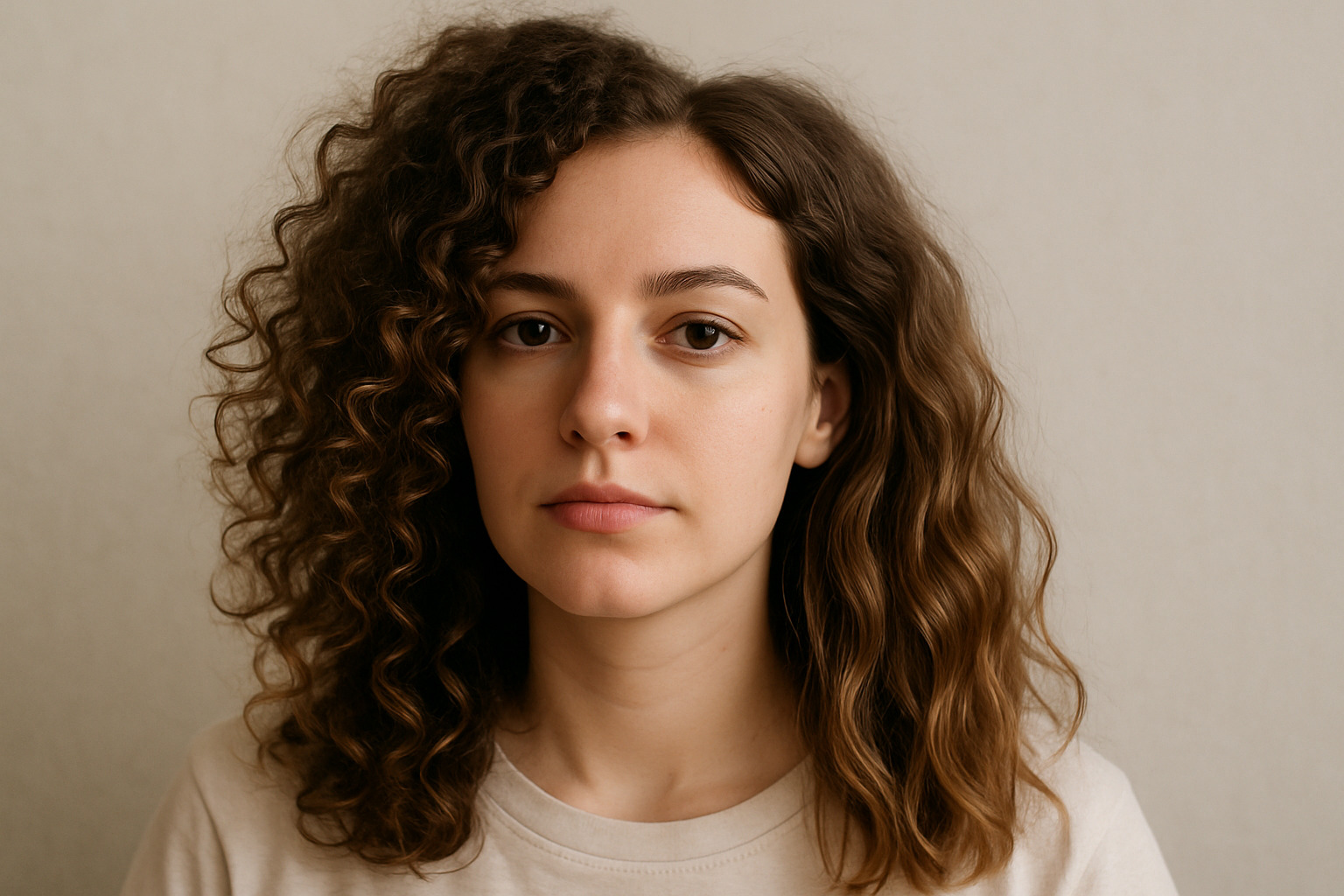Can curly hair really become wavy? Yes—if you understand your hair’s texture and respond to it intentionally. While genetics play the lead role in hair type, styling techniques and care habits often determine the final appearance. If your curls are loose, fine, or damaged, you may already be closer to waves than you think. This article breaks down how to make that transition—with style, consistency, and minimal heat.
Why You Might Want to Shift from Curly to Wavy
- Easier detangling
Wavy hair typically requires less patience during detangling sessions. - Less shrinkage
Wavy textures tend to show more length and less bounce-back. - Versatile styling
Waves are more adaptable to both sleek and tousled looks.
If you’re looking for a lower-maintenance style that still offers texture, moving toward waves might be the right switch.
Signs Your Hair Might Respond Well
- You have 3A or looser curls.
- Your curls drop after a day or two without refresh.
- You’ve noticed smoother texture from humidity or heat.
- You’ve had consistent chemical processing like color or relaxers.
Tools and Techniques That Shape the Transition
1. Finger Styling Instead of Raking
Raking tends to define curls too tightly. Instead, apply a light styling cream with your fingers, smoothing downward without coiling. This flattens the pattern slightly and encourages bend over bounce.
2. The Right Diffuser Attachment
A sock diffuser or airflow diffuser spreads air more gently, softening curl clumps. Aim downward and avoid scrunching. For even looser waves, let your hair dry 80% naturally before diffusing.
3. Satin Wrapping While Damp
Use a satin scarf to wrap hair flat against your head after applying product. This keeps your strands stretched and helps reduce tight spirals.
Ingredients to Favor or Avoid
Favor:
- Aloe vera: Adds moisture without too much weight.
- Glycerin: Helps maintain definition during the shift.
- Silk protein: Supports texture uniformity and smoothness.
Avoid:
- Heavy butters and oils: These anchor curls too much.
- Strong-hold gels: They reinforce tight patterns.
- Alcohol-based sprays: Can dry out and cause frizz.
Best Haircuts for Encouraging a Wavy Pattern
- Long layers reduce the coil tension in ends.
- Blunt cuts work well for even texture and less curl retraction.
- Avoid heavily layered or razor cuts if you’re trying to maintain wave definition rather than curl boost.
Daily Styling Routine to Support the Change
- Hydrate with a light leave-in. Go for mist or milk textures, not creams.
- Apply a curl cream designed for soft definition. Avoid scrunching or twisting.
- Brush through with a boar bristle brush or wide-tooth comb. Avoid clumping.
- Diffuse or air dry with tension. Use clips at the root if needed.
- Set with a soft hold spray if volume is an issue.
What to Expect Over Time
- Week 1–2: Some uneven texture; roots may remain curlier than ends.
- Week 3–4: Waves begin to show consistent shape with less frizz.
- Week 5+: Hair memory starts to shift. Less maintenance needed to maintain wave pattern.
This is a styling transformation, not a permanent texture change. Environmental factors like humidity or water quality can still influence how your hair behaves daily.
Final Tips to Maintain Wave Over Curl
- Sleep with your hair in a low bun or braids instead of a pineapple.
- Refresh with a spray bottle mix of water, aloe, and light leave-in instead of wetting fully.
- Deep condition only once or twice monthly to avoid over-softening curls into ringlets again.
This transition isn’t about taming or forcing—it’s about adjusting. The wave you want is already in there; you’re just giving it a chance to lead.
